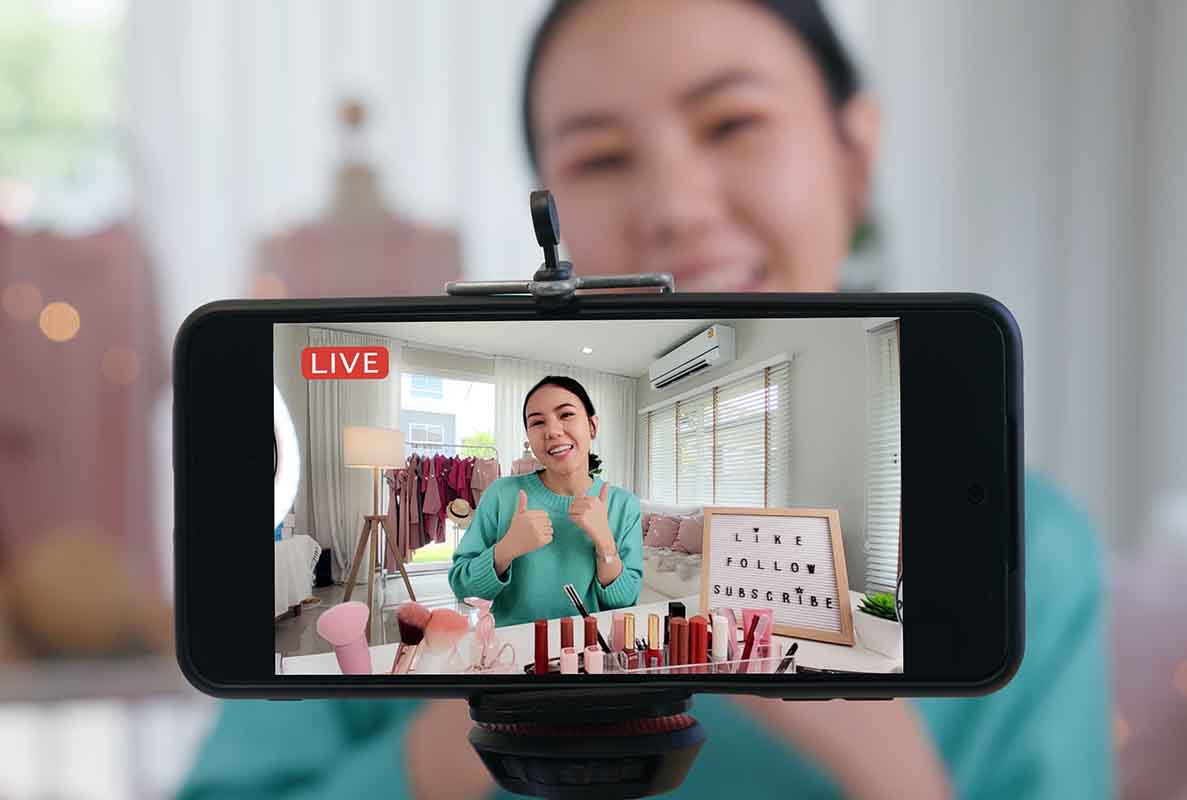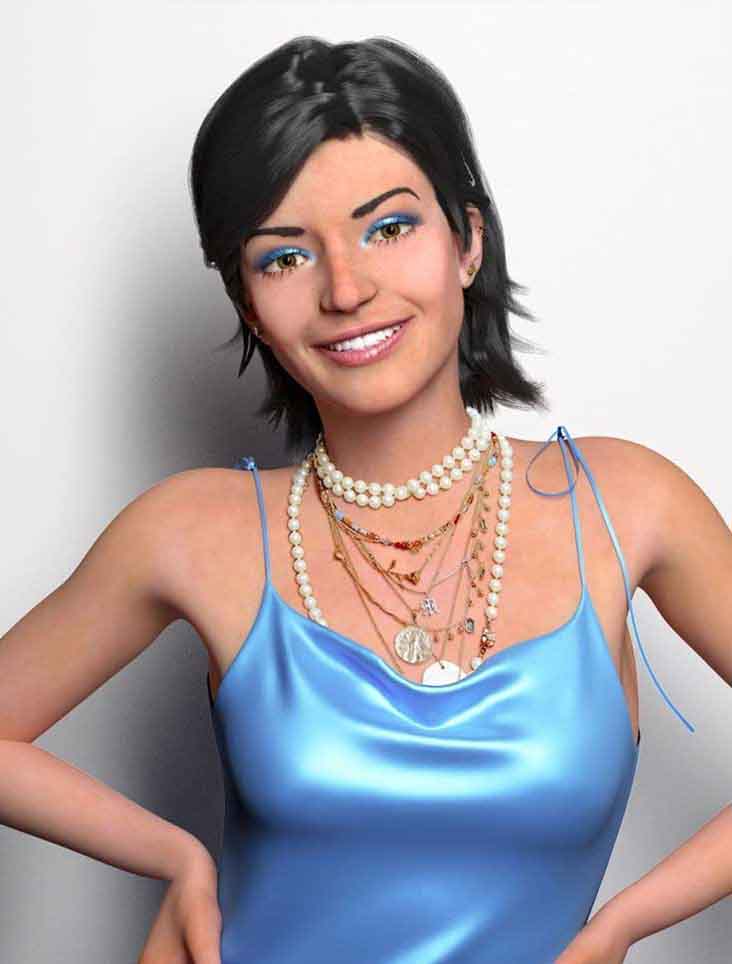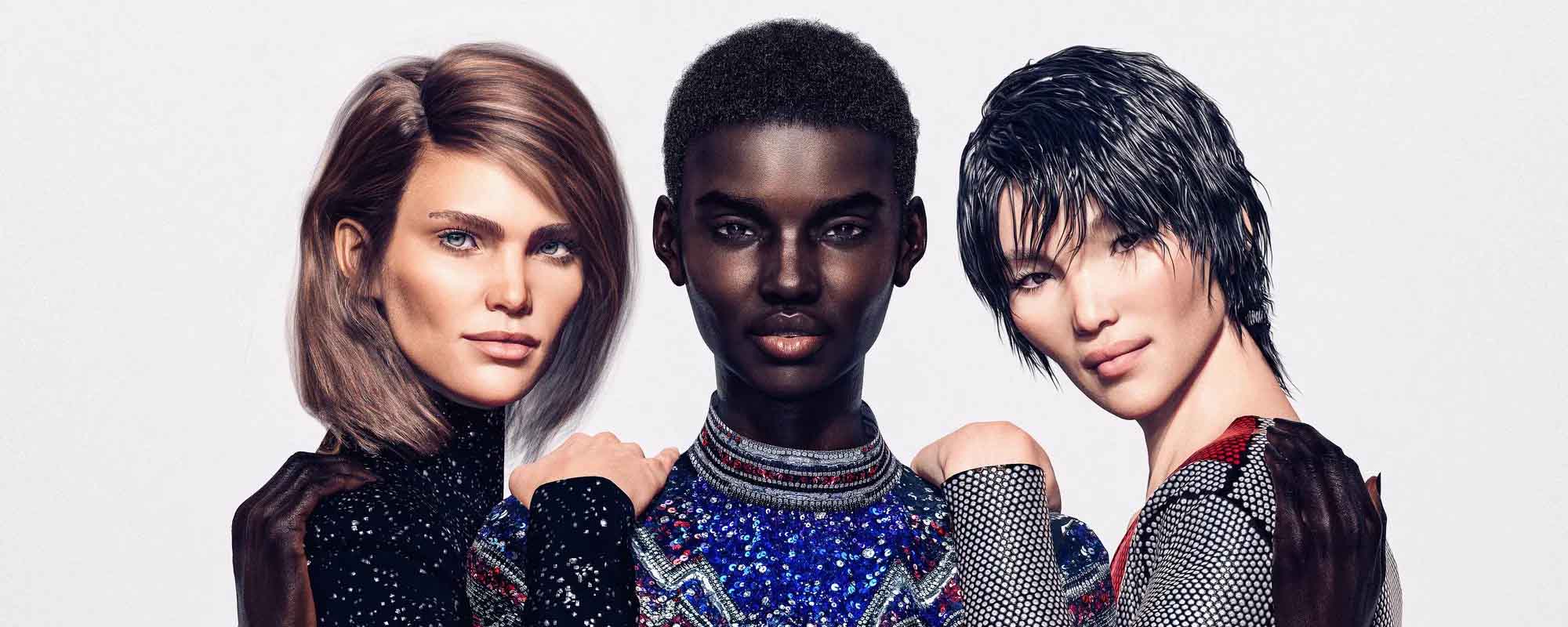Virtual influencers are computer-generated avatars that have been dominating social media, and they are reshaping the way we absorb content. Completely realistic and entirely digital, virtual influencers are changing the game in social media and marketing. With breakthroughs and challenges, the AI sector is transforming online engagement and bringing fresh innovations to our world.
Social media influencers have taken the world by storm, dominating our feeds with content ranging from fitness and beauty to food, travel, and entertainment. Amassing millions of followers, influencers develop a dedicated stream of viewers who feed on their content, try out their tips, and consume what they promote. For many social media influencers, posting content is their bread and butter, and many make a substantial living through sponsorships from businesses that want to tap into their ever-growing market. But with technology racing towards the future, social media influencers have to contend with new competition: virtual influencers.
These computer-generated avatars are a phenomenon in the social media, marketing, and branding sectors, offering cutting-edge AI and creative storytelling to a niche market and changing the way we produce and absorb content. However, the world of virtual influencers is still in its infancy, bringing with it new difficulties and ethical dilemmas for the digital and AI industries to face. The University of Malta’s Dr Vanessa Camilleri and Prof. Matthew Montebello from the Faculty of Information and Communication Technology’s Department of Artificial Intelligence know all too well the influence these virtual characters will have on the future of our content. These experts sat down with THINK to provide an overview of the hype behind virtual influencers and the power they can wield over their captured audience.

What are Virtual Influencers?
‘Virtual influencers were born out of a market need for social media influencers,’ Camilleri explains. ‘Some social media influencers have a portfolio that runs in the millions. `So companies who very readily jumped onto the Generative AI bandwagon asked, “Why not create a virtual influencer? The technology is here, it is usable, it is accessible, and we can implement it – so why not do it?” Ultimately It’s a very substantial source of revenue.’
With an increasing number of young people absorbing and creating content, leveraging a cost-effective digital persona that could consistently engage with audiences online has become a strategic approach for brands to stay relevant in an increasingly digital world. ‘A virtual influencer,’ Montebello says, ‘is essentially a software product, an agent, doing something on behalf of someone else. It uses animation, image processing, and large language models.’ What emerges is a computer-generated character that can simulate realistic, human-like interactions and are practically indistinguishable from their human counterparts. They have their own unique backstory, personality, and appearance and can move, talk, and interact with audiences on social media. With their ability to process and use language naturally, engage in interactive storytelling, and even recognise and portray emotions, virtual influencers have brought AI technology to the social media market, and these animated avatars are quickly going viral, bringing in millions of followers to engage with their brand’s message.

The first virtual influencer to make waves was a 19-year-old Brazilian-American AI character called Lil Miquela, who quickly became known for her fashion style, music, and advocacy for social justice. With 2.6 million followers on Instagram, Lil Miquela was one of the first virtual influencers to be featured with real celebrities, showing how indistinguishable these AI influencers are from their human counterparts. To date, the most famous virtual influencer is Lu do Magalu, created by Brazilian retail company Magazine Luiza; she boasts over 6 million followers on Instagram, promotes the company’s products, and shares shopping tips with her Brazilian audience. The uniqueness, accessibility, and fresh perspective that virtual influencers create have resulted in hefty competition for aspiring social media influencers tapping into this growing market.
Virtual Influencers vs Human Influencers
Virtual influencers bring a lot more to the table than just their realistic features and friendly personalities. ‘Virtual influencers can be customisable and controlled based on the training data employed with the AI’ Montebello says. ‘It could stick to a prescriptive narrative or it could be unleashed and learn from what is out there.’ This allows virtual influencers to be quite autonomous: they can leverage large amounts of data at a time, they never get tired, and they can be in constant contact with people around the world, regardless of time zones.

Virtual influencers can be programmed to translate information into different languages, making the entire world their target audience. Virtual influencers don’t ask for paychecks or coffee breaks, and with strict oversight and quality assurance, virtual influencers never stray from the brand’s message, guaranteeing the software doesn’t go rogue. Unlike their human counterparts, virtual influencers can be programmed to avoid hate speech, and the message they promote can be regulated, which builds accountability, trust, and consistency with their audience.
Human social media influencers tend to be viewed cynically; some put on elaborate and sometimes dangerous shows to attract followers and go viral for all the wrong reasons. Virtual influencers, on the other hand, can be controlled by the companies that create them; narratives can adapt and transform to fit specific audiences and ensure that the power the influencer wields is used conscientiously.
With an endless lifespan, instantaneous adaptability, and a continuous flow of content, virtual influencers make for an attractive alternative to human influencers and have the potential to expand how information is spread across social media and the world. However, virtual influencers are not without their pitfalls, and experts in the field caution against the potential loss of authenticity and genuine human connection, as well as the ethical considerations surrounding the manipulation of digital personas for commercial gain.
The Future is Virtual: Ethics of Influences
With technological innovations involving Generative AI, like virtual assistants, virtual influencers, AI-driven bots and AI art generators, the world is leaning towards a future that is driven by AI. However, there is a growing need for regulation of AI-driven innovations, to support accountability and promote responsibility in driving such innovations on the market. While virtual influencers can control the narrative and be regulated, they still hold substantial power over people’s actions and behaviours, and the companies producing them are responsible for maintaining and monitoring their activities. With current discourse revolving around the ethics of AI, such as the right to privacy and the right to be informed when interacting with an AI rather than a human, especially in jobs that are usually carried out by humans, professionals in the field are still smoothing out the edges of AI influence in our world.
‘It’s our duty as technologists to push this forward, to use it and embrace it,’ Montebello says. ‘Virtual influencers are a tool and every tool can be used badly, so let’s promote how to use it positively.’ With secure regulations and benevolent intentions, the positive influences of this software are far-reaching. Camilleri and Montebello stress that the potential of virtual influencers to use their power for the benefit of humanity could institute serious change in our world. ‘There are many areas, especially for youths and adolescents, that virtual influencers can have an impact on,’ Camilleri says. The duo believes that the key to a positive impact of virtual influencers lies in education; with a worldwide following, virtual influencers can bring awareness to issues like global warming and climate change, social justice issues, mental health and wellbeing, and many more. Ultimately, virtual influencers may very well be the wave of the future. They have emerged as a fascinating phenomenon, but we still need to wait and see whether they will reshape the landscape of social media thus reflecting the evolving dynamics of human interaction and technology in this age of AI.





Comments are closed for this article!